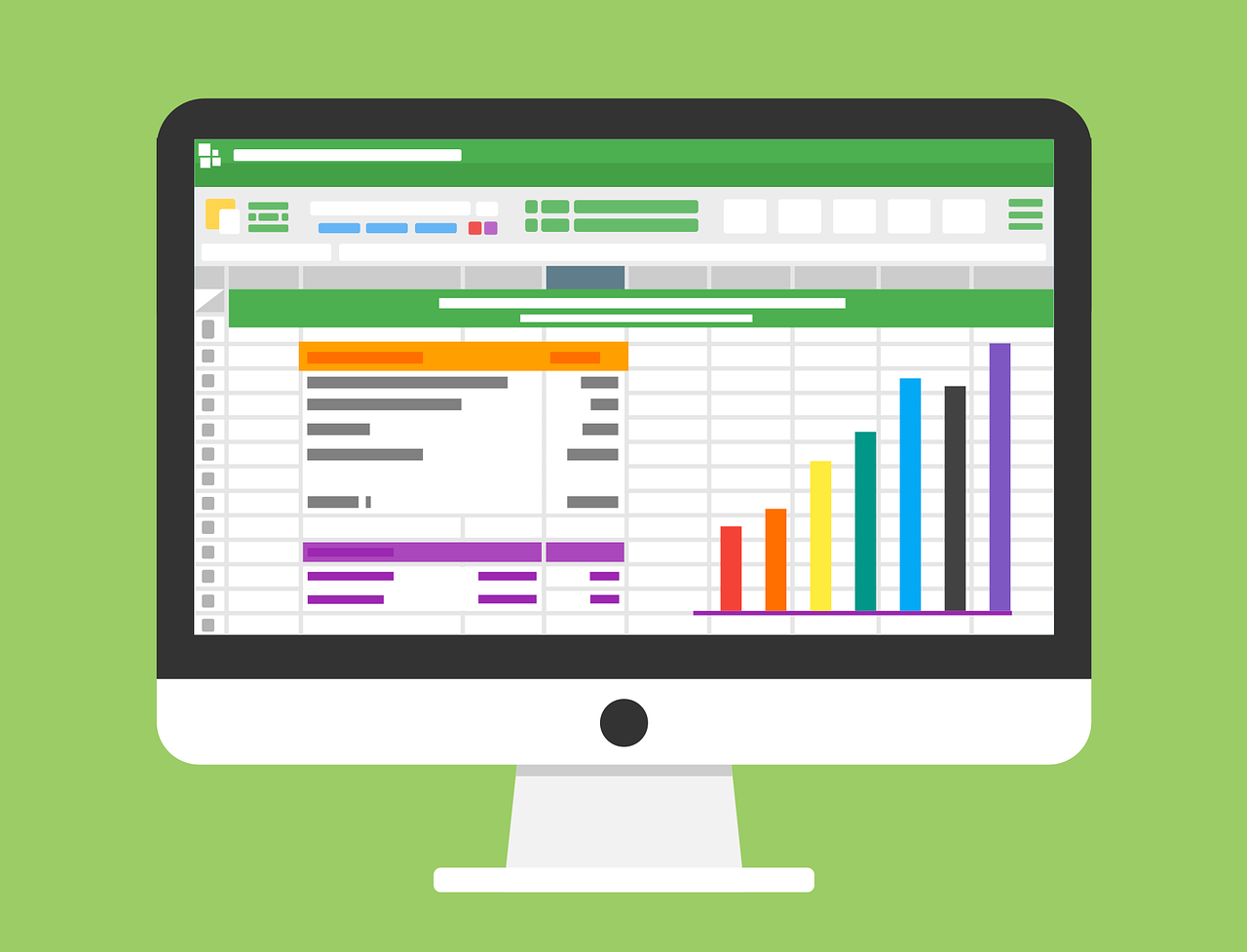In the world of gold investment, there is a topic that often sparks debate and controversy: market manipulation. Allegations of gold market manipulation have been circulating for years, prompting regulatory efforts to ensure fair and transparent trading. As an experienced investor in gold, it’s important to understand the implications of these allegations and the measures being taken to address them. In this article, we will delve into the topic of gold market manipulation, analyzing the allegations made and the regulatory efforts being pursued to maintain the integrity of the gold market. So, let’s get started and unravel the mysteries behind these claims.
Overview of Gold Market Manipulation
Gold market manipulation refers to the deliberate and illegal activities undertaken to control or influence the price and behavior of the gold market. Market manipulation can occur through various techniques, such as spoofing, front-running, and wash trading. These tactics are employed to distort market conditions, deceive participants, and generate profits for those engaging in such behavior.
Understanding the different types of gold market manipulation techniques is crucial to identifying and combatting these illicit activities. Some common methods include:
Types of Manipulation Techniques
-
Spoofing: This involves placing large orders to create a false impression of market demand or supply, only to cancel or modify the orders once other participants react to the false signal.
-
Front-running: In front-running, individuals with access to non-public information place trades on gold-related securities ahead of significant market-moving news, exploiting their knowledge for personal gain.
-
Wash trading: This technique involves simultaneously buying and selling the same gold assets to create artificial trading volume and manipulate market sentiment.
-
Collusion: Individuals or entities work together to manipulate gold prices by coordinating their trading activities and sharing non-public information.
The motives behind gold market manipulation can vary, but some common incentives include:
Motives Behind Gold Market Manipulation
-
Profit Maximization: Manipulators may engage in these activities to generate substantial profits by artificially inflating or deflating gold prices.
-
Maintaining Confidence and Influence: Governments or central banks may manipulate gold markets to maintain stability, bolstering investor confidence in the broader economy.
-
Protection of Interests: Manipulation may also be driven by entities seeking to protect their own interests, such as mining companies or financial institutions with significant exposure to gold.
Allegations of Gold Market Manipulation
The history of gold market manipulation dates back to ancient times, but in recent years, there have been numerous allegations and controversies surrounding the practice. These allegations highlight the potential vulnerability of the gold market and the need for robust regulatory measures.
Historical Allegations of Gold Market Manipulation
Over the years, there have been several instances where gold market manipulation has been alleged. One notable example is the London Gold Pool, which operated from 1961 to 1968. The Pool, consisting of a group of central banks, aimed to maintain a fixed price for gold. However, allegations of price manipulation emerged, ultimately leading to its collapse.
Evidence Supporting Allegations
Supporters of allegations point to various pieces of evidence, such as whistleblower testimonies, anomalous price movements, and statistical analysis of trading patterns. These indicators suggest that manipulation may occur, casting doubt on the integrity of the gold market.
Controversial Incidents and Suspicious Behavior
Suspicious behavior has been observed in the gold market, raising concerns about manipulation. For example, sudden and significant price drops or spikes that cannot be attributed to any fundamental factors have been witnessed. Additionally, patterns of unusually high trading volumes or large sell orders appearing at critical price levels have aroused skepticism.
Consequences of Gold Market Manipulation
Gold market manipulation can have far-reaching consequences, affecting not only the price of gold but also investor confidence and global financial markets.
Impact on Gold Prices
Manipulation can distort gold prices, creating artificial market conditions and undermining the price discovery mechanism. This volatility can lead to significant fluctuations in gold prices, impacting investors, businesses, and consumers alike.
Effects on Investor Confidence
Market manipulation erodes investor confidence, as it undermines the perception of a fair and transparent market. When investors suspect manipulation, they may become apprehensive about participating in the gold market, limiting liquidity and hindering market efficiency.
Influence on Global Financial Markets
The gold market is interconnected with various financial markets, making manipulation in this sector potentially detrimental to the broader economy. Manipulative activities can spill over into other markets, creating systemic risks and disrupting financial stability.
Regulatory Efforts to Combat Manipulation
Recognizing the significance of gold market manipulation, regulatory bodies and international organizations have taken steps to crack down on illicit activities.
Governmental Bodies Overseeing Gold Market Regulation
Governmental bodies, such as the Commodity Futures Trading Commission (CFTC) in the United States and the Financial Conduct Authority (FCA) in the United Kingdom, play a crucial role in overseeing and regulating the gold market. These organizations work to detect and investigate manipulative activities, impose penalties, and enhance market integrity.
International Organizations Addressing Manipulation Concerns
International organizations, including the International Monetary Fund (IMF) and the World Gold Council (WGC), are actively involved in addressing concerns related to gold market manipulation. These organizations collaborate with governments and industry stakeholders to develop effective regulatory frameworks, promote transparency, and share best practices.
Enforcement Actions and Penalties for Manipulative Activities
Regulatory bodies have implemented enforcement actions and penalties to deter market manipulation. This includes imposing fines and issuing legal sanctions against individuals and entities found guilty of engaging in manipulative activities. These actions serve as a deterrent and reinforce the importance of maintaining the integrity of the gold market.
Monitoring and Detecting Manipulative Activities
To combat gold market manipulation effectively, it is essential to employ sophisticated monitoring and detection techniques.
Methods Used to Detect Market Manipulation
Regulatory agencies utilize various methods to detect and identify manipulative activities, including data analysis, trade surveillance tools, and suspicious activity reporting systems. Advanced algorithms and artificial intelligence are increasingly being employed to detect patterns of manipulation, enhancing the effectiveness of regulatory efforts.
Role of Regulatory Agencies in Monitoring Suspicious Activities
Regulatory agencies play a crucial role in monitoring suspicious activities in the gold market. They closely analyze trading data, investigate anomaly reports, and collaborate with market participants to identify potential instances of manipulation. Prompt detection and investigation help maintain market integrity and protect investors.
Technological Advancements in Identifying Manipulation
Advancements in technology have significantly enhanced the ability to identify manipulation in the gold market. The use of big data analytics, machine learning, and blockchain technology enables regulators to detect unusual trading patterns, monitor price movements, and ensure transparency. These technological advancements contribute to increased market surveillance and faster response to potential manipulative activities.
Legal and Regulatory Challenges
Combatting gold market manipulation presents several legal and regulatory challenges, given the complexity and global nature of the market.
Defining Legal Boundaries for Manipulation
Defining manipulation within the legal framework poses challenges, as market dynamics and techniques evolve over time. The law must be flexible enough to address new tactics employed by manipulators while also providing clarity to regulators and market participants.
Enforcement Difficulties in an International Context
The transnational nature of gold market manipulation presents challenges for enforcement efforts. Coordinated actions among regulatory bodies across jurisdictions are crucial to ensure a consistent and thorough response. However, differing legal systems, jurisdictional conflicts, and cross-border complexities can hinder effective enforcement.
Regulatory Gaps and Loopholes
Gaps and loopholes in existing regulations create opportunities for manipulators to exploit weaknesses in the system. Regulatory bodies must continuously update and strengthen their frameworks to address emerging risks and address any regulatory gaps that may exist.
Existing Safeguards and Protective Measures
Efforts to combat gold market manipulation involve implementing various safeguards and protective measures.
Anti-Manipulation Regulations and Policies
Regulatory bodies have established anti-manipulation regulations and policies aimed at deterring market abuse. These measures encompass rules against spoofing, front-running, and other manipulative techniques. By clearly outlining prohibited activities, regulators provide a framework for market participants to detect and report potential manipulative behavior.
Surveillance Systems and Monitoring Tools
Sophisticated surveillance systems and monitoring tools are deployed to track trading activities, identify patterns of manipulation, and ensure compliance with regulations. These systems generate alerts and reports that are subsequently analyzed by regulators to investigate suspicious activities promptly.
Collaboration Between Regulators and Market Participants
Collaboration between regulators and market participants is essential to combat manipulation effectively. Regulators engage with exchanges, brokers, and investors to share information, identify common risks, and develop strategies to enhance market integrity. Sharing best practices and fostering open communication strengthens the collective effort against manipulation.
Efforts to Improve Transparency in the Gold Market
Improving transparency in the gold market is crucial to mitigate the risk of manipulation and enhance investor confidence.
Enhancing Disclosure Requirements for Market Participants
Regulators are continually working to enhance disclosure requirements for market participants. The aim is to ensure comprehensive and timely reporting of relevant information, such as positions, transactions, and ownership structures. Transparency in reporting facilitates market surveillance and helps identify and deter manipulative activities.
Promoting Standardized Reporting and Data Collection
Standardized reporting and data collection promote transparency in the gold market. Regulatory bodies work towards establishing common reporting standards and data formats to facilitate data analysis and comparison. This consistency allows for efficient monitoring and evaluation of market activities.
Educational Initiatives for Investors to Understand Gold Market Dynamics
Educational initiatives play a vital role in empowering investors to make informed decisions and understand the dynamics of the gold market. Regulators and industry organizations collaborate to provide educational materials, seminars, and online resources that enhance investors’ knowledge regarding manipulation risks, market behavior, and the importance of due diligence.
Implications for Investors
Gold market manipulation has significant implications for investors, necessitating caution and risk mitigation strategies.
Factors to Consider When Evaluating Gold Investments
Investors must consider several factors when evaluating gold investments. These include market conditions, historical price trends, and the presence of regulatory safeguards. Taking a comprehensive approach to research and analysis helps investors make informed decisions and assess the potential impact of manipulation on their investments.
Mitigating Risks Associated with Manipulation
Diversification is a crucial strategy for mitigating risks associated with manipulation. Spreading investments across different asset classes and geographical regions can help reduce exposure to a single market or security. Thorough due diligence and risk assessment are also essential to identify potential manipulation risks before making investment decisions.
Diversification Strategies for a Resilient Investment Portfolio
Investors should diversify their portfolios beyond gold to build resilience. Allocating assets across various asset classes, such as stocks, bonds, real estate, and commodities, can help mitigate risks associated with manipulation. By diversifying, investors can potentially reduce their exposure to the gold market and minimize the impact of manipulation on their overall portfolio.
The Future of Gold Market Regulation
The landscape of gold market regulation is continually evolving, driven by emerging technologies, changing market dynamics, and a focus on investor protection.
Emerging Technologies and Their Impact on Regulation
Emerging technologies, such as blockchain and artificial intelligence, are poised to play a significant role in gold market regulation. These technologies offer enhanced transparency, improved monitoring capabilities, and increased efficiency in detecting and deterring manipulative activities. Regulators are exploring the potential benefits of these technologies to foster a more robust regulatory framework.
Potential Changes in Regulatory Frameworks
Regulatory frameworks will likely evolve to address emerging manipulation techniques and adapt to market dynamics. Regulators may introduce new rules, revise existing regulations, or collaborate on international standards to effectively combat manipulation. Increased cooperation among regulatory bodies and market participants is crucial to ensure a comprehensive and coordinated response to manipulation risks.
Challenges and Opportunities in Combating Manipulation
While challenges persist, efforts to combat gold market manipulation present opportunities for market participants and regulators. Technological advancements, stronger regulatory frameworks, and increased awareness among investors can contribute to a more transparent and resilient gold market. By addressing manipulation effectively, the gold market can maintain its role as a crucial component of a diversified investment portfolio.



